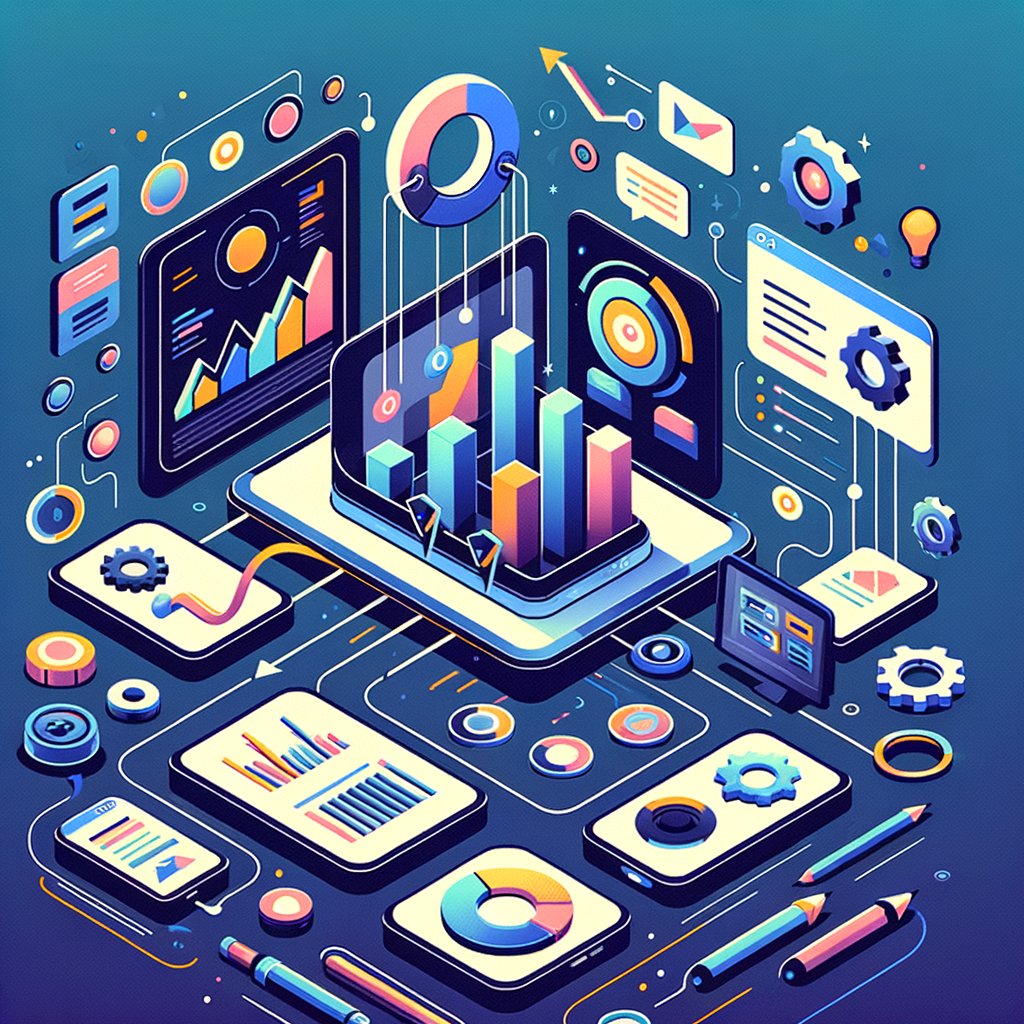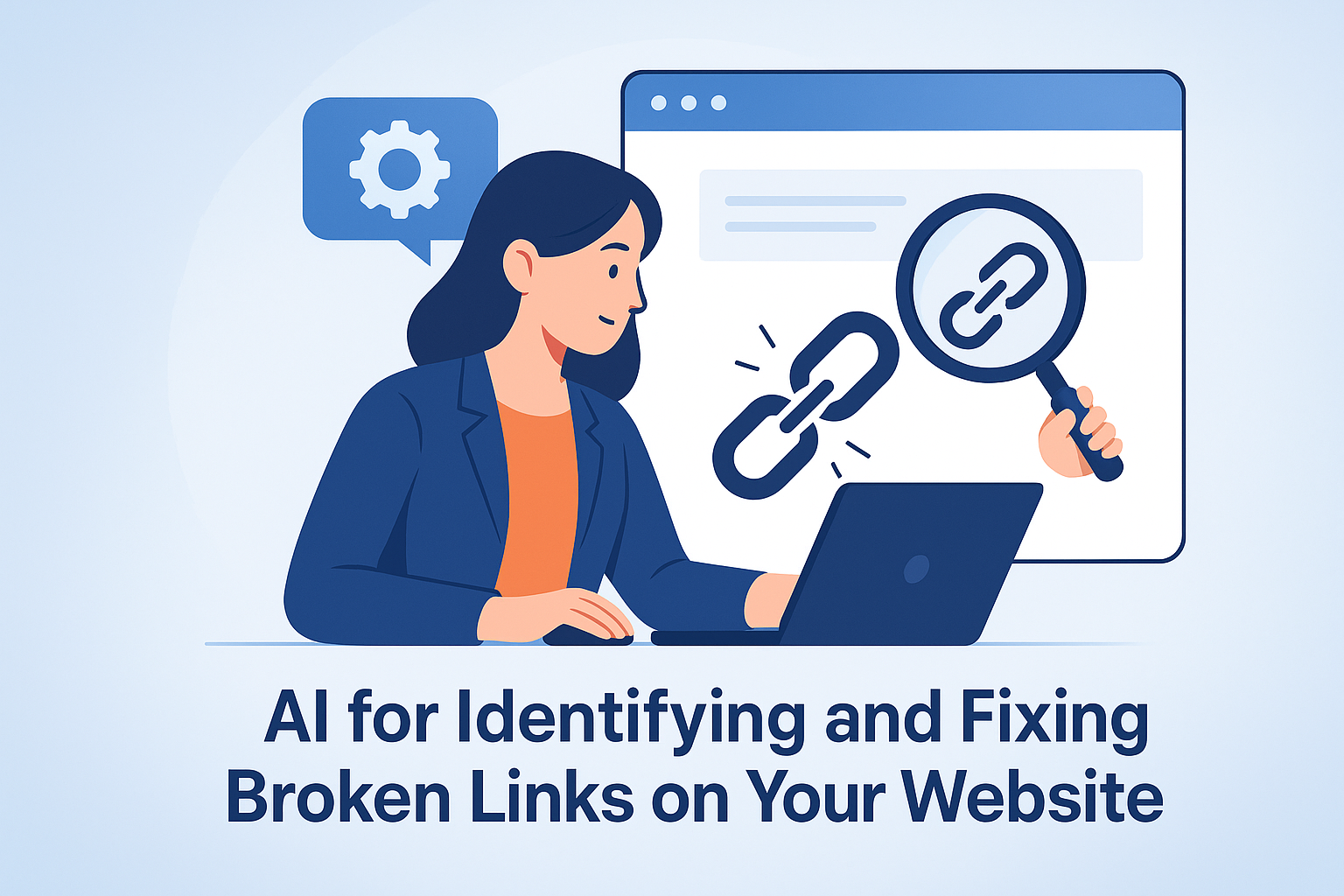Visual content is one of the most powerful ways to communicate complex ideas quickly—and infographics are at the top of that list. They’re shareable, engaging, and digestible. But here’s the problem: search engines can’t “see” your infographics the way humans can.
Without proper optimization, your visual content may look stunning—but fail to rank, drive traffic, or support your SEO goals.
That’s where AI comes in.
With tools like DIYSEO GPT, the SEO AI Writer, and the Link Marketplace, you can:
- Automatically generate descriptive metadata for images
- Write supporting content that improves SEO visibility
- Build backlinks to high-value visual assets
- Optimize accessibility and on-page structure at scale
Let’s walk through how to turn every infographic into an SEO asset.
Why Visual Content Needs SEO
Search engines can crawl text, links, and structure—but they can’t analyze the meaning of a JPG or PNG. If your infographics aren’t supported with descriptive data, they’re invisible to Google.
Optimizing infographics and visual content helps you:
- Rank in Google Images and visual search
- Appear in featured snippets when paired with structured content
- Improve UX by offering clarity and fast comprehension
- Increase backlinks and shares when visual content is promoted effectively
What Counts as Visual Content in SEO?
| Visual Element | Needs Optimization? |
|---|---|
| Infographics | ✅ Yes |
| Charts & graphs | ✅ Yes |
| Product photos | ✅ Yes |
| Custom illustrations | ✅ Yes |
| Embedded videos or slides | ✅ Yes |
| Screenshots or data visuals | ✅ Yes |
If it’s visual and adds meaning to your content, it should be SEO-optimized.
Step-by-Step: How to Optimize Infographics with AI
✅ Step 1: Identify Unoptimized Visual Assets Using DIYSEO GPT
Start by auditing your most important pages with the Layout & Readability Review prompt in DIYSEO GPT.
Ask:
“Which blog posts or landing pages have unoptimized images or infographics that may be hurting on-page SEO?”
You’ll receive a list of:
- Pages missing alt text
- Pages lacking accompanying context
- Pages with oversized or slow-loading images
- Pages where visuals have no surrounding structured data
✅ Step 2: Generate Alt Text and Captions with SEO AI Writer
Your images need strong alt attributes and captions for SEO, accessibility, and relevance. Use the SEO AI Writer to write them in seconds.
Prompt Example:
“Write descriptive alt text and a caption for an infographic about ‘AI content writing workflows.’ Keep the alt text under 125 characters.”
Output:
- Alt Text: Infographic illustrating steps in an AI content writing workflow from research to publishing.
- Caption: This infographic shows how AI streamlines each phase of content creation for faster, smarter publishing.
This tells both users and search engines what the visual means—context matters.
✅ Step 3: Surround Infographics with Keyword-Optimized Context
Search engines use surrounding content to interpret the meaning and value of your images.
Use SEO AI Writer to add:
- A paragraph introducing the infographic
- A paragraph explaining what the visual shows
- A “Key Insights” or “Summary” block below it
- FAQ schema with answers derived from the visual content
Prompt:
“Write a 150-word paragraph explaining this infographic on ‘SEO content planning with AI.’ Include the keyword naturally.”
✅ Step 4: Use AI to Create Schema & Embed Metadata
If your page contains infographics or visual assets that provide informational value, you can enhance its SEO with structured data.
Ask the SEO AI Writer:
“Generate JSON-LD schema markup for an infographic that explains ‘AI SEO tools comparison.’ Include headline, description, and image URL.”
Add this to your page header to improve how your infographic content is indexed and possibly displayed in search results.
✅ Step 5: Create Shareable Descriptions for Social and Rich Previews
Social shares matter—especially for infographics. Use the SEO AI Writer to generate descriptions that will display as:
- Open Graph metadata (Facebook, LinkedIn)
- Twitter cards
- Pinterest pin descriptions
Prompt:
“Write an engaging Open Graph description under 120 characters for a visual guide to AI SEO optimization tools.”
Bonus: Promote Infographics Using the Link Marketplace
Once your infographic is optimized for search, the next step is getting it seen and shared.
Use the Link Marketplace to:
- Get your visual assets featured on niche blogs
- Build backlinks with image-focused anchor text (e.g., “AI SEO workflow infographic”)
- Improve domain authority with visual-rich placements
Strategy:
- Choose your top visual content (infographics, charts, etc.)
- Filter Link Marketplace by:
- Niche (SEO, AI, SaaS, marketing)
- Publisher type (listicle, tutorial, explainer)
- DA score and region
- Request placements that highlight or embed your infographic
- Track performance via DIYSEO GPT prompts like “Query Position Changes” and “Top Performing Pages”
Real-World Example: SEO Boost from Optimized Visual Content
Problem: A long-form post titled “How to Use AI for SEO” included two original infographics—but they lacked alt text, captions, and supporting context.
DIYSEO Fix:
- Ran a Layout & Readability Review → Flagged missing alt text and unstructured image placement
- Used SEO AI Writer to:
- Write alt text and 2-sentence captions
- Add a 150-word paragraph explaining each infographic
- Generate a meta description with visual context
- Create JSON-LD schema for each image
- Promoted the post via Link Marketplace on two AI-focused blogs
Results:
- Image traffic from Google Images increased 81%
- Page climbed from #9 to #4 in SERPs
- Featured in a snippet for “AI SEO content planning”
- Time-on-page increased by 54 seconds
Visual SEO Optimization Workflow with DIYSEO
| Step | Tool | Task |
|---|---|---|
| Detect unoptimized visuals | DIYSEO GPT – Layout Review | Identify missing alt text and context |
| Generate alt text and captions | SEO AI Writer | Write accurate, descriptive tags |
| Add structured content | SEO AI Writer | Write paragraphs, summaries, FAQs |
| Embed schema and OG metadata | SEO AI Writer | Create JSON-LD and social previews |
| Promote visuals externally | Link Marketplace | Build links to infographic-rich content |
Final Thoughts
If you’re investing in visual content like infographics, don’t stop at the design.
Optimize it. Structure it. Promote it.
With DIYSEO, you can:
- Identify where your visual content is underperforming
- Use AI to generate the metadata, context, and structure it needs to rank
- Build backlinks to your infographics using Link Marketplace
Smart design gets attention. Smart optimization gets results. AI makes both possible.
Frequently Asked Questions
1. How does AI help in optimizing infographics and visual content for search engines?
The application of AI in optimizing infographics and visual content works through a series of sophisticated processes that enhance both the accessibility and discoverability of these materials on search engines. AI algorithms can analyze visual content for components such as colors, patterns, and text to integrate this data into rich, descriptive metadata. This metadata assists search algorithms in identifying and ranking the visual content in search results. Further, AI tools can automate the creation of alternative text (alt text) and captions, which are critical for search engine indexing and accessibility. With advanced image recognition capabilities, AI can also distinguish different elements and interpret the context of visual content, facilitating more accurate categorization and keyword integration. All these elements work collectively to make the infographics and visual content more SEO-friendly, ensuring they reach a broader audience.
2. What role does AI play in analyzing user interaction with visual content?
AI technology plays a significant role in analyzing how users interact with visual content. By leveraging machine learning algorithms, AI can track user engagement metrics such as click-through rates, time spent viewing the content, and interaction patterns. AI-powered tools can discern which parts of an infographic or visual attract the most attention, helping creators understand what resonates with their audience. This data empowers content creators and marketers to refine their visuals to make them more engaging and effective. Additionally, AI can provide predictive analytics, offering insights into how changes in design might impact future user engagement and search engine performance.
3. Can AI create infographics or visual content by itself?
Yes, AI has the capability to generate infographics and visual content autonomously. With the advent of AI-driven design tools, creators can streamline the design process by using pre-built templates and algorithms that suggest design elements and layouts based on the content provided. AI tools such as natural language processing (NLP) can transform textual data into a visual format, crafting complete, visually compelling infographics. These AI systems consider data points, user preferences, and trending design aesthetics to produce professional-standard visuals. Despite AI’s ability to automatically create content, human oversight is still crucial to ensure that the content correctly aligns with the brand’s message and aesthetic goals, as well as to add a personal touch that AI might not fully capture.
4. What are the challenges of using AI to optimize visual content for SEO?
While AI offers powerful solutions for optimizing visual content, several challenges remain. One major challenge is ensuring the high quality of AI-generated metadata. If the AI misinterprets an image or infographic, it could generate inaccurate metadata, which could negatively impact search engine visibility. Additionally, visual content is often subjective, and AI might struggle to fully capture the nuances of artistic design, leading to generic outputs. Another challenge is integration; aligning AI technologies with existing SEO frameworks and ensuring they adapt to dynamic search engine algorithm changes require ongoing updates and monitoring. Finally, there is the challenge of data privacy concerns. AI systems rely heavily on data input, and ensuring user data is handled responsibly presents an ethical challenge in this context.
5. What future advancements in AI could further enhance the optimization of infographics and visual content?
The future holds promising developments for AI in the realm of visual content optimization. Continued advancements in machine learning and deep learning could lead to AI systems with improved understanding of visual nuance and context, enabling them to generate and optimize visual content that is even more tailored and precise. AI could also evolve to better integrate with augmented reality (AR) and virtual reality (VR), presenting new opportunities for immersive visual content creation and distribution. Additionally, as AI becomes more adept at real-time data processing, we can expect more dynamic and responsive optimization processes that adjust in real-time based on user interaction data and search trends. Finally, advancements in AI ethics and data security could ensure that these technologies continue to develop in ways that are both effective and respectful of user privacy and data rights.



